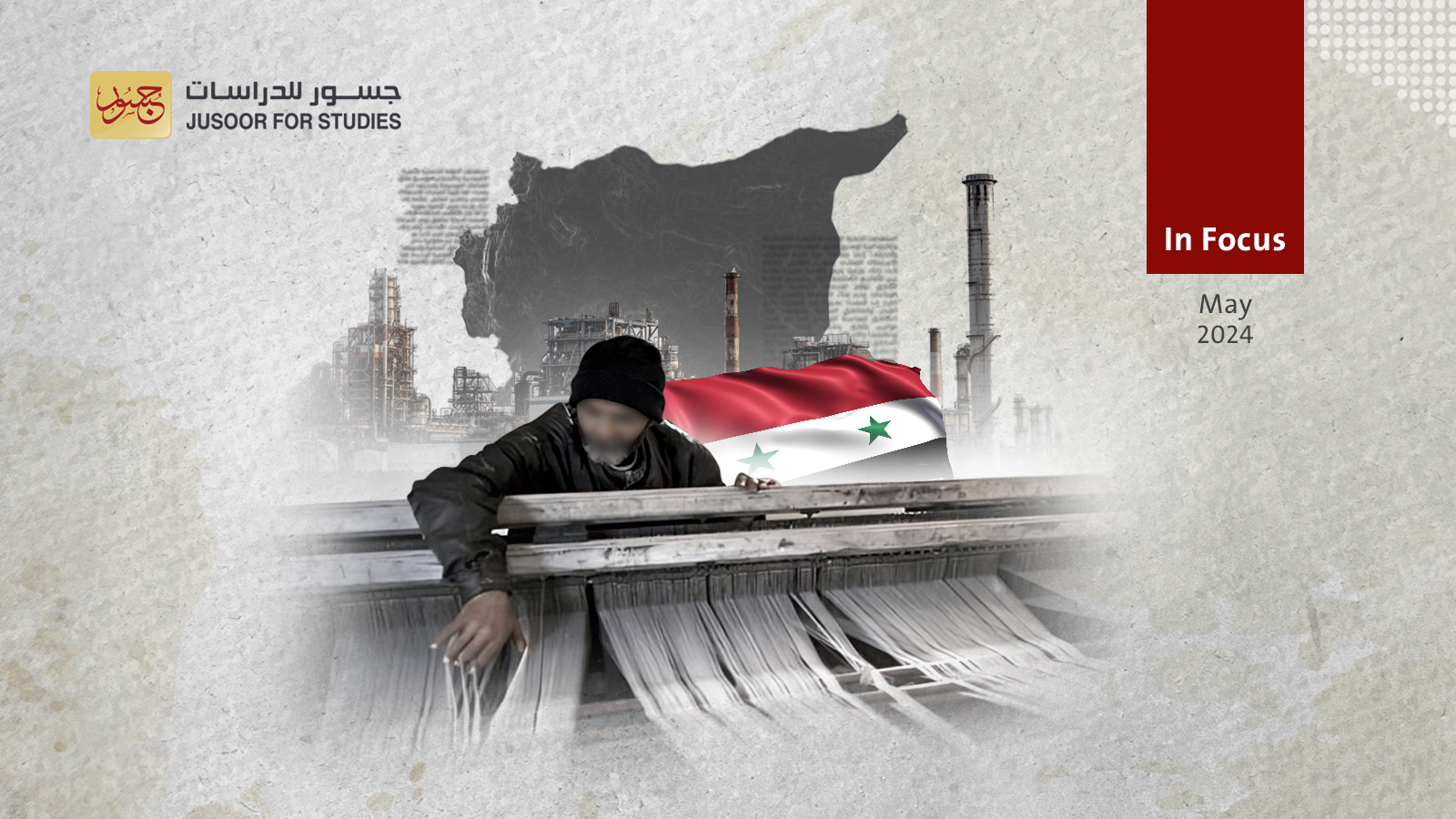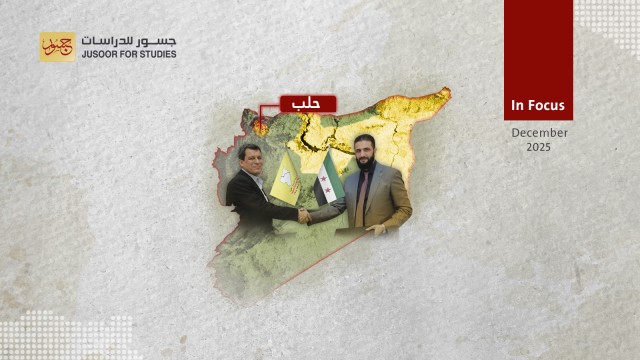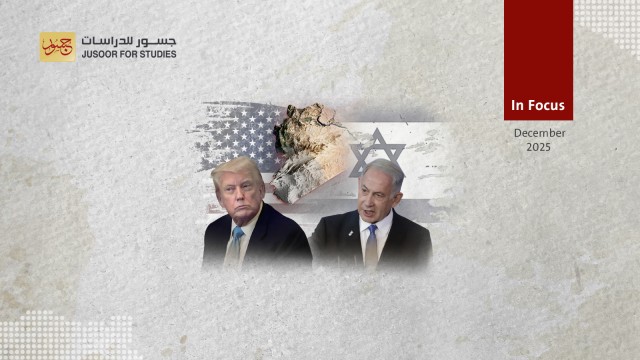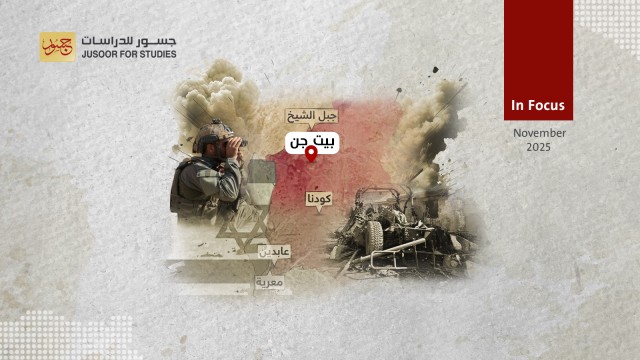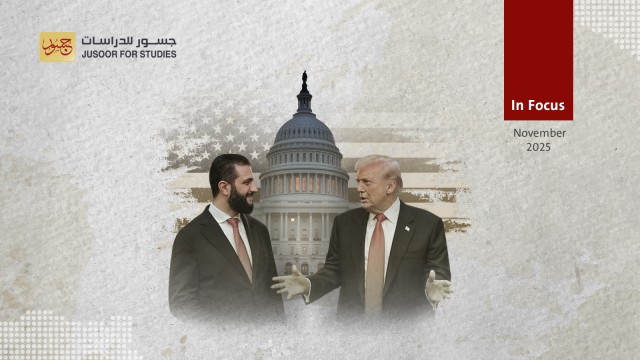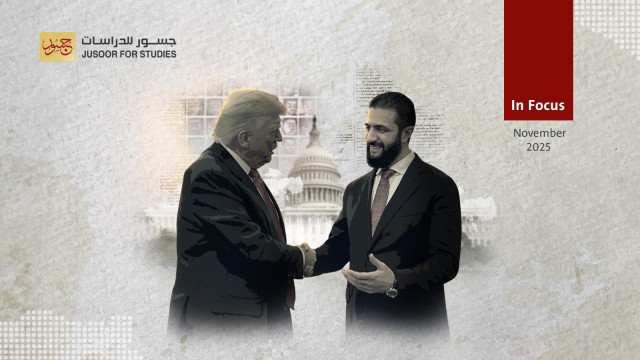Can the Regime Revive Syria’s Manufacturing Sector?
The Syrian regime has taken a growing interest in restoring its industrial sector since the start of the year. Over the first quarter of 2024, it passed several laws, issued multiple decisions and held a string of ministerial meetings related to the sector.
At a meeting with the People’s Assembly, President Bashar Al-Assad said the government wants to restructure state-owned industrial interests and support the private sector. The government has also discussed the state of industry in Aleppo and other parts of Syria several times, while Russia has extended a grant worth $1 billion to agriculture-based industries in the country.
That said, industry figures in Aleppo, Damascus and Homs say that some of their firms may have to shut down due to the high price of electricity, adding that a lack of government support makes it hard for the sector to operate. Industrial productivity in Syria has declined dramatically since the start of the war in 2011, forcing the regime to rely heavily on imports and the agricultural sector rather than Syrian industry, which is now limited producing a few food commodities, clothes and detergents.
The industrial sector in Syria has been in crisis for years, almost completely halting production in 2014 and 2017. According to data from the Central Bureau of Statistics, between 2010 and 2014 its production declined from $355 billion to $61 billion in market prices. This means that in real terms, after taking inflation into account, the sector’s productivity is close to zero.
Over the same period, the industrial sector’s share of Gross Domestic Product declined from approximately a 25 percent to less than eight percent, bearing in mind that GDP has itself has declined dramatically.
Those Syrian industrial firms that still exist in regime-controlled areas are facing multiple crises, including power cuts, a shortage of labor due to most of their workers having left the country, and an uphill struggle to sell their products in a market with weak purchasing power.
Moreover, interconnections within the sector have been weakened and disrupted, depriving factories of economies of scale. Another problem is that of deals between the regime and merchants—financial levies imposed by the regime’s security branches in punitive measures over industrialists’ perceived role in the civil war that has been raging since 2011.
The regime, including the Council of Ministers, the Ministry of Industry, and other bodies, appear to want to stimulate the industrial sector, but these efforts may end up having more impact in the media than in reality, for four reasons:
• Weak state resources: The state budget is one of the state’s main tool for providing support to the industrial sector. Yet Syria’s budget does not exceed $2.5 billion, and in practice the government can only produce half of this amount. This eliminates any hope of providing any effective support, directly or indirectly, to industry.
• Problematic discourse: The regime has sought to convince the Syrian population that the industrial sector and merchants in general have benefitted from the war by raising prices and monopolizing resources, meaning they are the main cause of Syria’s economic crisis. Reinforcing this problem of discourse is the fact that even when addressing industrialists, the government is acting as if they are a greedy class of profiteers who in fact have plenty of resources, and should therefore be taxed to the maximum. A government that sees the industrial sector as sated and ripe for plundering is unlikely to extend it any significant support.
• The economic environment: The economy in the regime-controlled areas is crippled in terms of infrastructure, purchasing power and workforce. No project can begin in such an environment without an impartial study. Such businesses that do exist here have either been in existence for years, or are newly founded by owners who aspire to improve the economic environment.
• The problem of priorities: The regime’s priorities do not favor the industrial sector. Its top goal is to keep the war machine running and financed, and therefore everyone—including industrial firms sector operating in regime-held areas—is obliged to support this. For the regime, every other issue is secondary.
The Syrian regime therefore faces major challenges as it seeks to reactivate the industrial sector. The state’s financial weakness, the government’s negative portrayal of the sector, the crisis-hit economy as a whole and the prioritization of resources elsewhere are significant obstacles to any industrial revival.

